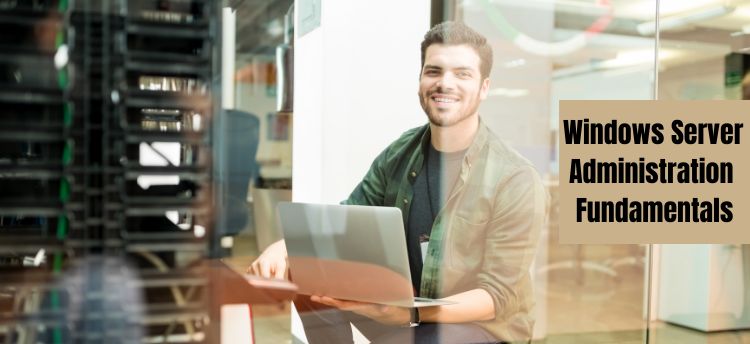
Everyone wants to make a career in the best possible way and no doubt, certifications are one of such ways. The biggest question is, where to start from and will I be able to do it?
So here all those who are confused with Windows Server Administration Fundamentals can follow the below sections to get an idea about the training and certification courses so that they can start with a solid mindset.
Windows Servers Administration Fundamentals Certification and training course
The certification is currently in the top list of “highly in-demand certification for 2021” where the Windows Server Administration Fundamentals certification and its training course can help the candidate get the job that can help to embrace his/her career.
The certification validates the skills of server installation and configuration, server roles, storage, Active Directory and Group Policy, and web services, remote access, virtualization, application servers, troubleshooting, performance, and reliability and more. All these skills make an individual professional and capable to be titled as a Windows server administrator
The certification helps to gain expertise as an MTA(Microsoft Technologies Associate) on Windows Server Fundamentals.
Skills delivered in the Windows Server Administration Fundamentals certification training course
Here is the complete list of skills that are required to qualify for the certification exam with flying colours and also the list of skills that are covered during the training courses for the Windows Servers Administration Fundamentals.
Understanding server installation
Understand device drivers
-Installation, removal, disabling, update/upgrade, rollback, troubleshooting, Plug & Play, IRQ, interrupts, driver signing, managing through Group Policy
Understand services
-Which statuses a service can be in, startup types, recovery options, delayed startup, Run As settings for a service, stopping or pausing a service, service accounts, dependencies
Understand server installation options
-Choose the correct operating system version options; Server core vs. Desktop Experience, Nano Server installation, interactive installs; automated install using WDS; VHD/VHDX installation source, perform unattended installs; perform upgrades, clean installs, and migrations
Understanding server roles
Identify application servers
-Mail servers, database servers, collaboration servers, monitoring servers, threat management
Understand Web services
-IIS, WWW, and FTPinstalling from Server Manager, separate worker processes, adding components, sites, ports, SSL, certificates
Understand remote access
-Remote assistance, remote administration tools, Remote Desktop Services, multipoint services, licensing, RD Gateway, VPN, application virtualization, multiple ports
Understand the file and print services
-Local printers, network printers, printer pools, web printing, web management, driver deployment, file, folder, and share permissions vs. rights, auditing, print job management
Understand server virtualization
-Virtual memory, virtual networks, snapshots and saved states, physical to virtual conversions, virtual to physical conversions, VHD and VHDX formats, nested virtualization
Understanding Active Directory
Understand accounts and groups
-Domain accounts, local accounts, user profiles, computer accounts, group types, default groups, group scopes, group nesting, understand AGDLP and AGUDLP processes to help implement nesting
Understand organizational units and containers
-Purpose of OUs, the purpose of containers, delegation, default containers, uses for different container objects, default hidden and visible containers
Understand Active Directory infrastructure
-Domain controllers. forests, child domains, operation master roles, domain vs. workgroup, trust relationships, functional levels, deprecated functional levels, namespace, sites, replication, schema, Passport
Understand group policy
-Group policy processing, Group Policy Management Console, computer policies, user policies, local policies
Understanding storage
Identify storage technologies and their typical usage scenarios
-Advantages and disadvantages of different storage topologies, local storage, network storage, Fibre Channel, iSCSI hardware
Understand RAID redundancy
-RAID 0, RAID 1, RAID 5, RAID 10 and combinations, hardware and software RAID
Understand disk types
-Solid State Drive (SSD) and Hard Disk Drive (HDD) types and comparisons, ATA basic disk, dynamic disk, mount points, file systems, mounting a virtual hard disk, distributed file systems
Understanding server performance management
-Identify major server hardware components Memory, disk, processor, network, 32-bit and 64-bit architecture, removable drives, graphic cards, cooling, power usage, ports
-Understand performance monitoring Methodology, procedures, the effect of network, CPU, memory and disk, creating a baseline, Performance Monitor, Resource Monitor, Task Manager, performance counters, Data Collector Sets
-Understand logs and alerts, Event Viewer Purpose of performance logs and alerts
Understanding server maintenance
-Identify steps in the startup process
BIOS, UEFI, TPM, boot sector, bootloader, MBR, boot.ini, POST, Safe Mode
Understand business continuity
-Backup and restore, disaster recovery planning, clustering, AD restore, folder redirection, data redundancy, uninterruptible power supply (UPS)
Understand updates
-Software, driver, operating systems, applications, Windows Update, Windows Server Update Service (WSUS)
Understand troubleshooting methodology
-Processes, procedures, best practices; systematic vs. specific approach, Performance Monitor, Event Viewer, Resource Monitor, Information Technology Infrastructure Library, central logging, event filtering, default logs
Career after Windows Server Administration Fundamentals Certification or the training course
Qualifying the examination or getting the hands-on training will lead to making your career as MTA Windows Server Administration Fundamentals. However, their other options or the designations a candidate can start from after the training or certification, such as:-
-IT Systems Administrator
-IT Support Specialist
-Windows Server Administrator
The training can help those who are planning to get the job or make their career in the field of IT sector or the windows server field. The requirements of skills by a professional who is at their early stage in the IT sector under the windows server field can go with Windows Server Administration Fundamentals Certification to shape their career brighter.
The skills taught in the certification exam like configuration, installation, server roles, storage, Active Directory and many more related to Windows server by Microsoft, are needed by many organizations to manage the devices and tools.
As a starting salary of a Windows Server Administrator, one can get 6,711.10 USD, this may differ from nation to nation and company to company. However, this is the starting salary package and will grow with experience and polished skills.
Prerequisites for the certification and training course
Firstly talking about the certification, since it is an entry-level certification, there is no formal prerequisite to appear in the examination for Windows Server Administration Fundamentals Certification.
But some basic knowledge of Windows Server, Windows-based networking, Active Directory, account management, and system recovery tools and concepts are required to qualify for the certification exam.
However, on the other hand, the candidate may not need such deep knowledge to enrol the in the Windows Server Administration Fundamentals Certification training course, although it depends on the institutes as well. Some do set a stand boundary set of knowledge or experience whereas, some start the course from the scratch. Hence, it depends on the student which institute he/she chooses.
Basic details of the certification exam
If you have decided or are still planning to get the certification, the following are some of the details of Windows Server Administration Fundamentals Certification.
-Exam Code: Exam 98-365
-Examination Name: MTS- Windows Server Administration Fundamentals
-Available languages: English, Chinese (Simplified), Chinese (Traditional), French, German, Italian, Japanese, Korean, Portuguese (Brazil), Russian, Spanish, Spanish (Mexico).
-Exam format: MCQ
-Number of Questions: 30-50 questions approx
-Qualifying Score: 70
-Exam Time Limit: 50 minutes
-Conducted by: Pearson Vue
-Exam Fees: 127 USD (the fees may vary according to the country)
Comments (0)
Categories
Popular posts

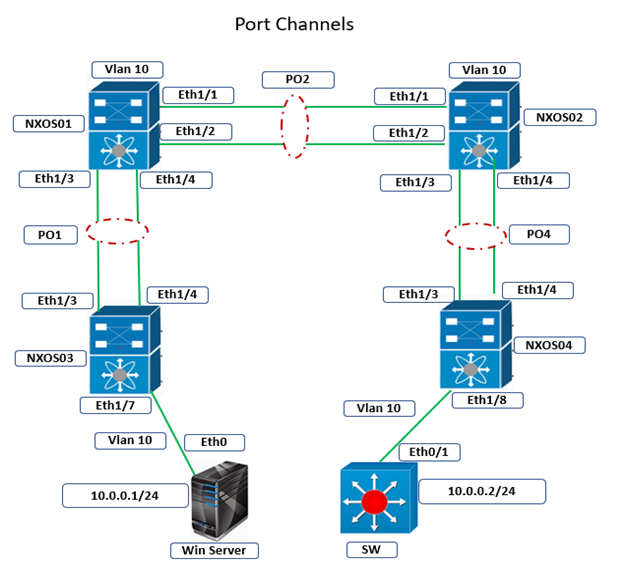
Cisco Nexus Port Channel: Configuring ...
4 Apr 2024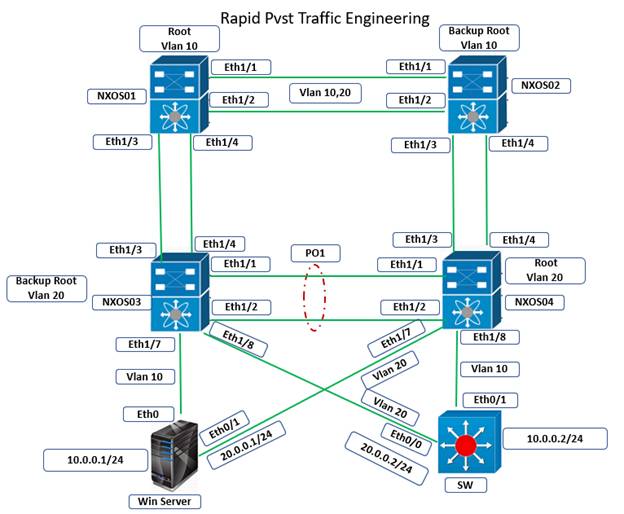
Configure Rapid PVST on Cisco Nexus
5 Apr 2024
Palo Alto Exam Cost: PCNSA, PCNSE & More
28 Mar 2024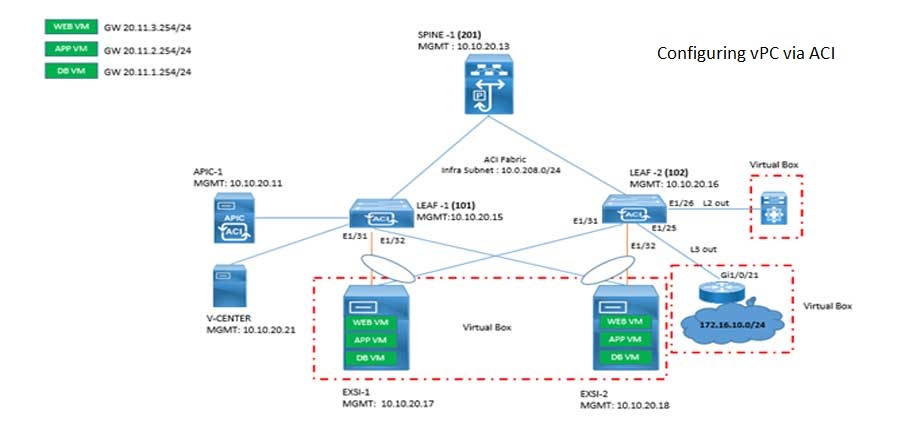
Cisco ACI VPC Configuration Task Steps
6 Jan 2024Recent posts

AWS Certification Path: Amazon Cloud
18 Apr 2024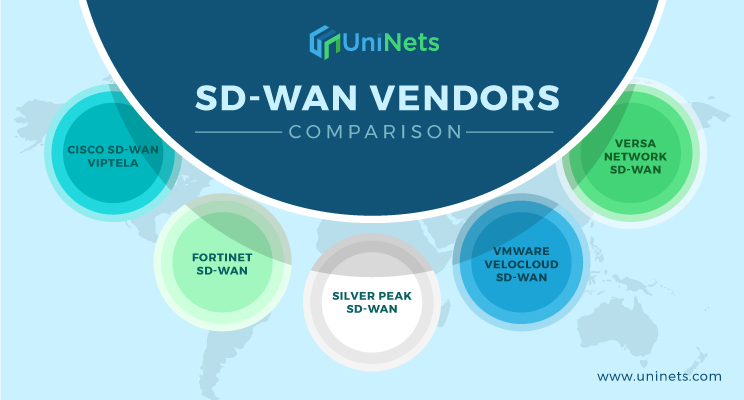
SD-WAN Vendors Comparison: Choosing the ...
16 Apr 2024
CCNP Certification Cost and Exam Fees
12 Apr 2024
Configure Rapid PVST on Cisco Nexus
5 Apr 2024




